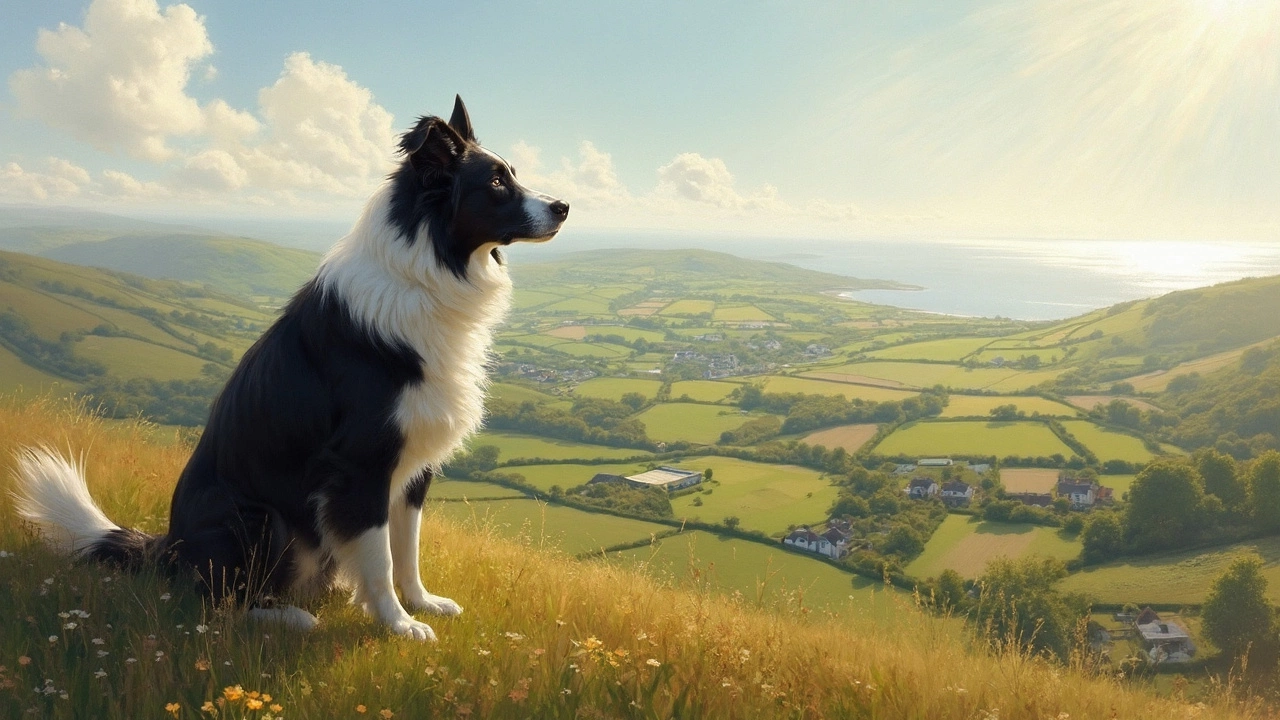Dogs' Sense of Smell: How It Works & Why It Matters
Ever wonder why your dog can sniff out a hidden treat while you struggle to find your keys? A dog's nose is a super‑sensory tool that can detect scents at concentrations a thousand times lower than what humans can smell. This ability isn’t just a party trick – it helps dogs find food, navigate the world, and even alert us to danger.
How a Dog's Nose Beats Human Smell
Dogs have up to 300 million olfactory receptors compared with about 6 million in our noses. Their sniffing cycle is fast and efficient, pulling in air in short bursts that keep scent particles trapped in a wet mucus layer. This layer acts like a memory bank, letting the brain compare new smells to stored ones. The part of the brain that processes smell is also linked to emotions, which is why a scent can trigger a strong reaction in a dog.
Practical Ways to Use Your Dog's Nose
Turn your pup’s natural talent into fun and useful activities. Start with simple scent games: hide a treat under a cup and let your dog find it. Gradually increase difficulty by using multiple cups or moving the treat to a different room. You’ll notice your dog’s focus sharpen and confidence grow.
For training, use scent cues to reinforce commands. Pair a specific scent (like a drop of vanilla extract) with a behavior such as “sit.” Over time the dog links the smell to the action, giving you an extra cue when visual signals are hard to see.
Health-wise, a strong nose can flag problems early. If your dog suddenly loses interest in sniffing or seems confused by familiar scents, it could signal a nasal infection or neurological issue. Regularly check the nose for discharge, cracks, or swelling, and keep the area clean with a damp cloth.
When you’re out walking, let your dog lead the way occasionally. Dogs use scent trails to map their environment, and giving them that freedom can reduce pulling and make the walk more enjoyable for both of you. Just keep a firm grip on the leash and watch for signs of overstimulation, like excessive sniffing that slows the walk.
If you want to take scent work to the next level, consider beginner nose work classes. These usually start with a “find it” game using basic objects and progress to locating hidden items in larger spaces. The classes teach you how to set up safe scent stations and how to read your dog’s body language during the search.
Lastly, remember that not all dogs love sniffing the same way. Some breeds, such as Bloodhounds and German Shepherds, have a natural drive to hunt scents, while others may be more interested in play. Tailor activities to your dog’s preferences – if a game feels like a chore, try a different toy or a shorter session.
By understanding how a dog’s nose works and giving them opportunities to use it, you’ll strengthen the bond, keep your pup mentally sharp, and spot health concerns early. So the next time your dog pauses mid‑walk and sniffs the air, know that they’re gathering valuable information – and you can turn that moment into a fun learning experience.
Can Dogs Smell Their Owners from 11 Miles Away? Exploring Amazing Canine Abilities
Dogs have an extraordinary sense of smell, often leaving us humans in awe of their capabilities. But can they really smell their owners from 11 miles away? This article delves into the fascinating world of canine olfaction and how it impacts their behavior and relationship with humans. Discover how this incredible ability plays a pivotal role in dog-friendly holidays, as well as tips for making your vacation memorable for both you and your furry friend.
